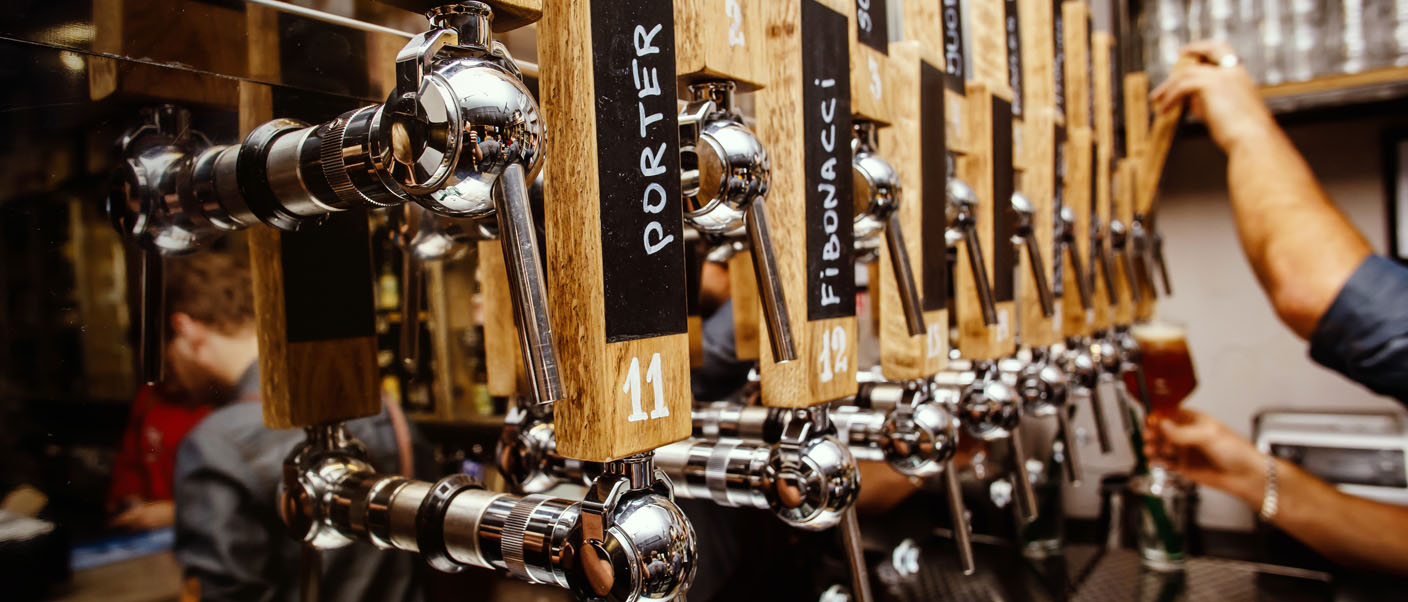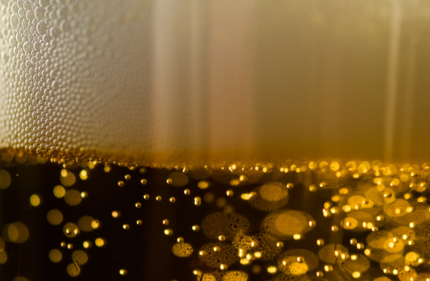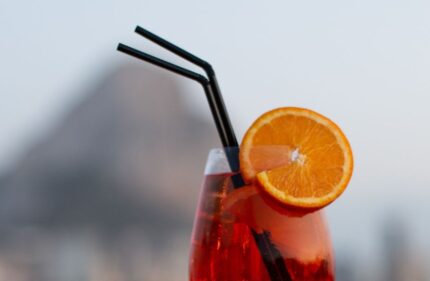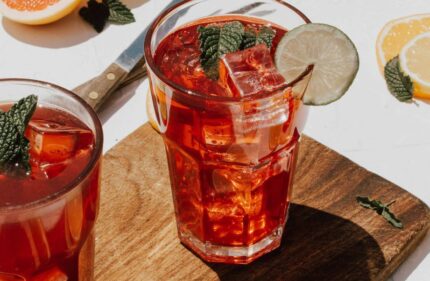The world is constantly changing and, with it, consumption trends. Whilst trends come and go, given the massive force of a potential wave, we producers have the enormous responsibility to predict and analyse the main preferences emerging in the beer industry.
1. Premiumisation of the consumer
In the first place, “quality over quantity” is prioritized. This assertion comes from a report from Brewbroker, as a result of a survey of beer industry experts and representatives. Fifty-eight percent value the quality of the beer product over quantity. There is a tendency towards responsible and conscious consumption.
2. Lager fermentation, low-alcohol and non-alcoholic beers
Within the craft industry, lager-type bottom fermentation processes continue to grow.
On the other hand, social consciousness and responsible consumption are driving the market for craft beers that are low in alcohol, generally under 4% ABV, a category that continues to win over a largely millennial public.
Similarly, we can’t overlook the wave that favours a healthier, lower-calorie lifestyle that is making sales expectations for non-alcoholic craft beer rise.
3. Betting on and creating new liquids
For some time, the beer industry, one of the most innovative and sustainable, has been aware of the multiple possibilities offered by its production spaces for brewing other liquids, as well as the impact the current and highly drinkable alternatives might cause.
Accordingly, the horizon has expanded toward the production of other products, with the emphasis on a much larger and more ambitious market. We are referring to the production of different fruit or herbal flavours of kombucha, of kefir, seltzers, or even the launch of a coffee (cold brew coffee).
4. All in the IPA style
IPAs, APAs or NEIPAs. They are all part of the craft world. The most ambitious craft beer sector and the major brands for some time have been getting into massive production of IPAs in different versions, and the good reception points to this continuing in full force. IPA beers are synonymous with the leading edge and trendiness.
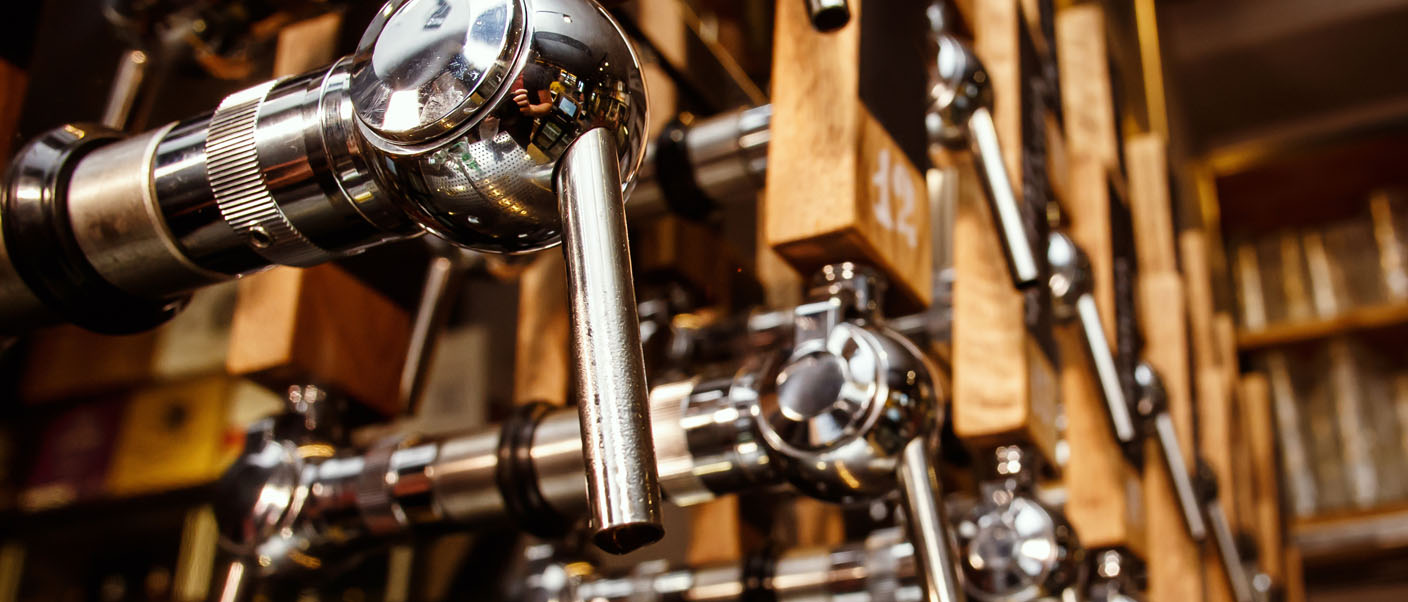
5. The year of the low-cal IPAs
Sounds strange, doesn’t it? That a craft style currently booming in the mainstream like the IPA can be brewed with lower alcohol levels. But we shouldn’t lose sight of these because, in fact, it seems that they are reaching the point of consolidation. Low-calorie IPA beers are a trend.
Now that everything is possible, the industry is capable of satisfying the demand of the most promising craft trends. For example, through the launch of low-calorie versions of IPAs. All with the idea of not conflicting with being on a diet or sacrificing moments of relaxation with bolder beer styles.
6. The challenge of “fresh hop” beers: their production and distribution
The so-called “fresh hop beers”, beers brewed with fresh or moist, recently harvested hops, are a clear indicator of the good run the craft world is experiencing.
Nonetheless, only a limited number of brewers are capable of producing these types of beers, as brewing immediately after harvesting (within 24 hours) is the key to guaranteeing the success of the recipes.
7. Beverages containing CBD
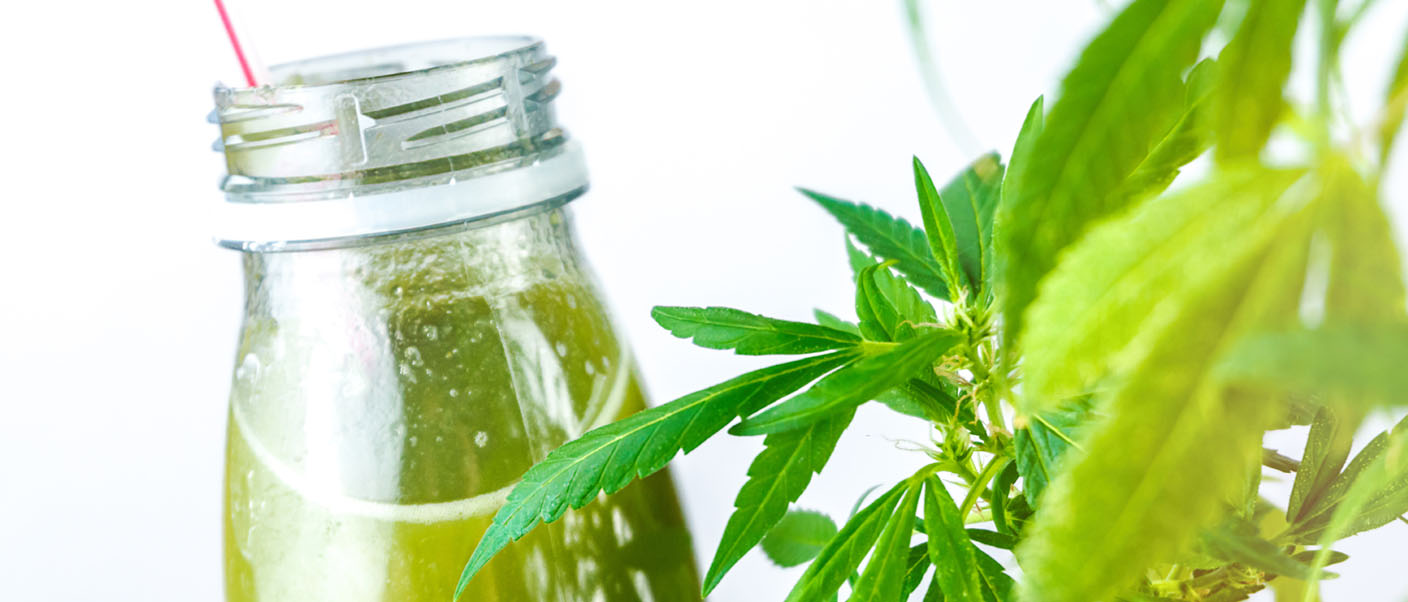
Beverages containing marijuana? Just what it sounds like. They are becoming a new opportunity for the industry. Let’s not forget that in the case of beer, hops have organoleptic properties that are very similar in aroma and flavour to cannabis.
Here, the regulatory and legal aspect has a great deal to contribute according to the legislation of each country. But we should indicate that CBD (cannabidiol), the component these beverages contain, is in no way the same as THC (tetrahydrocannabinol), the psychoactive element that produces effects similar to cannabis cigarettes.
8. Hard seltzers: are they a craft trend?
The market associates hard seltzers with the beer sector, and numerous micro-breweries have their own hard seltzer… that being the case, these beverages can be grouped in the craft trend.
The large producers and manufacturers are not overlooking these options, whose liquid, based on carbonated water, offers the possibility of different fruit flavours and contains approximately 5% ABV with minimum calories. Viewed this way, the liquid is clearly attractive to the consumer.
9. Sour beers continue attracting fans
Sour beers have been gaining new followers and the mainstream public for some time. As a result, like them or not, everything indicates that they will continue to capture a new part of the market.
The beer industry is keeping its eye on the fortunes of these beers brewed through spontaneous fermentation using wild yeasts.
10. Beer hubs
The trend towards the creation of spaces for beer brewers. Innovation centres at the service of entrepreneurs and the craft sector for launching and trying out new ideas and business opportunities through brewing and bottling.
11. Sustainability in brewing processes
Lastly, just as in every other sector, the beer industry is making great efforts to consolidate sustainability in brewing processes. Initiatives and projects aimed at establishing sustainability measures are proliferating in both production and bottling (relying on the incorporation of elements and materials compatible with and respectful of the environment).

